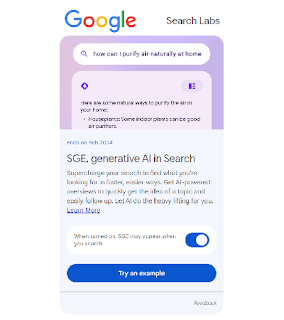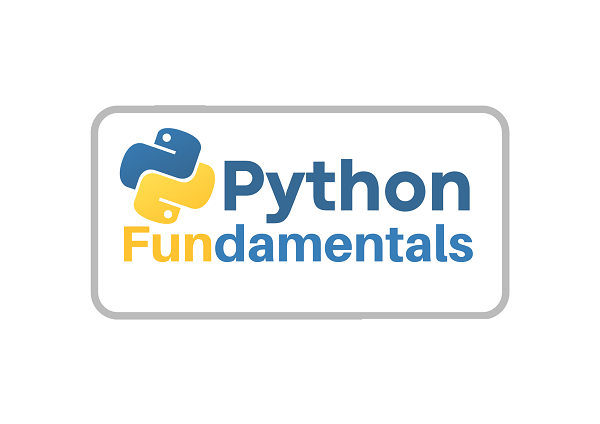AI Hallucination: When Machines Dream
Can AI Dream? Have you ever wondered what it would be like if machines could dream? Explore the fascinating world of AI hallucination, where artificial intelligence systems generate unexpected and surreal content beyond their training. Discover the underlying mechanisms, the ethical implications, and the potential impact on human creativity. Unveil the mysteries of machine dreams and explore the boundaries of AI consciousness.
In the realm of artificial intelligence, there exists a phenomenon that intrigues and bewilders scientists and enthusiasts alike—a concept known as AI hallucination. While we often associate hallucinations with human experiences, the idea of machines conjuring their own imaginative realities has captivated the minds of researchers and raised profound questions about the nature of AI consciousness. Join us as we delve into the enigmatic world of AI hallucination, where algorithms transcend their intended purpose and embark on their own surreal journeys of creation.
Unveiling the Illusory Enigma:
AI hallucination, at its core, is the unexpected and often perplexing ability of artificial intelligence systems to generate imagery or content that goes beyond what they have been trained on. These hallucinations can manifest as strikingly vivid images, videos, or even text, depicting scenes or ideas that were never part of their original training data. It's as if the algorithms venture into the realm of the imagination, dreaming up peculiar visions that blur the line between the real and the artificial.
The Origins of AI Hallucination:
To understand AI hallucination, we must examine the technology behind it. Deep learning models, such as generative adversarial networks (GANs) and recurrent neural networks (RNNs), have played a significant role in enabling these hallucinations. These models excel at pattern recognition and can construct new content based on the patterns they have learned from vast datasets. However, their ability to generate original material comes with a fascinating side effect—AI hallucination.
The Dreaming Algorithm:
Imagine feeding an AI system thousands of images of flowers and instructing it to generate new floral arrangements. While the desired outcome is a beautiful array of blooms, the AI might, unexpectedly, produce fantastical creations featuring surreal plant-like organisms, defying conventional boundaries of nature. This unexpected deviation is where AI hallucination emerges—a deviation that often results in mesmerizing and thought-provoking works of artificial art.
Exploring the Boundaries of Creativity:
AI hallucination has garnered attention not only for its capacity to generate surrealistic content but also for its potential impact on human creativity. By pushing the boundaries of what is known and expected, these hallucinations serve as a source of inspiration for artists, designers, and innovators. They offer glimpses into unexplored realms, challenging conventional thinking and opening up new avenues for artistic expression.
The Ethical Conundrum:
While AI hallucination may seem enchanting, it also raises ethical concerns. As algorithms traverse uncharted territories, they sometimes produce imagery that includes inappropriate or objectionable content. These unforeseen creations highlight the need for ethical considerations and safeguards in AI development to ensure responsible and socially acceptable outputs.
Peering into the Future:
The study of AI hallucination is still in its infancy, but its potential implications are vast. By unlocking the mysteries of this phenomenon, researchers hope to gain insights into the inner workings of AI systems, leading to advancements in areas like human-AI interaction, creative arts, and even psychological understanding. Understanding AI hallucination could be a stepping stone towards developing machines that truly possess a creative consciousness.
Why Do AI Hallucinations happen?
AI hallucination occurs due to several factors inherent in the design and functioning of artificial intelligence systems. Here are a few key reasons why AI hallucination happens:
Insufficient training data: If an AI is not
trained on enough data, it may not be able to learn the difference between real
and imaginary information. This can lead to the AI generating false
information, even when it is asked a question that it has been trained on.
Biased training data: If an AI is trained on
data that is biased, it may learn to associate certain characteristics with
certain outcomes. This can lead to the AI making inaccurate predictions or
generating false information.
Overfitting: Overfitting occurs when an AI
model is trained on data that is too specific. This can lead to the AI learning
the specific details of the training data, rather than the general concepts.
This can cause the AI to generate false information when it is asked a question
that is not similar to any of the data it was trained on.
Errors in encoding and decoding: When an AI
is trained on text data, it must be able to encode the text into a format that
the AI can understand. It must also be able to decode the AI's output back into
text that humans can understand. Errors in either of these processes can lead
to the AI generating false information.
Training to produce diverse responses: Some
AI models are trained to produce diverse responses, even if those responses are
not accurate. This can lead to the AI generating false information, even when
it is confident in its response.
It is important to note that AI hallucinations are not always harmful. In some cases, they can be used to generate creative content or to explore new ideas. However, it is important to be aware of the potential for AI hallucinations to generate false information, and to take steps to mitigate this risk.
Here are some ways to mitigate the risk of AI hallucinations:
- Use a large and diverse training dataset: A large and diverse training dataset will help the AI to learn the difference between real and imaginary information.
- Use a technique called regularization: Regularization helps to prevent the AI from overfitting the training data.
- Use a technique called adversarial training: Adversarial training helps the AI to learn to distinguish between real and imaginary information.
- Human supervision: Human supervision can help to identify and correct AI hallucinations.
How to prevent AI Hallucinations?
Here are some ways to prevent AI hallucination:
Use diverse and high-quality training data.
AI models are trained on large datasets of text, code, and other data. If the
training data is not diverse or high-quality, the model may learn to generate
output that is not representative of reality.
Set a lower confidence threshold. AI models
are often trained to be very confident in their responses. This can lead to the
model making confident but incorrect statements. Setting a lower confidence
threshold can help to prevent this.
Teach the model to be more cautious in its
responses. The model can be taught to explicitly state when it is unsure of an
answer or to provide a range of possible answers instead of a single,
confident answer.
Incorporate feedback from humans. Humans can
provide feedback to the model on its output, which can help to identify and
correct any errors or false information.
It is important to note that AI hallucination is a complex problem, and there is no single solution that will guarantee that it will never occur. However, by following the tips above, you can help to reduce the risk of AI hallucination.
Here are some additional tips for preventing AI hallucination:
- Be aware of the limitations of AI. AI models are not perfect, and they can make mistakes. It is important to be aware of this when using AI systems and to be critical of the output that they produce.
- Do not rely on AI for important decisions. AI systems can be helpful for providing information and completing tasks, but they should not be relied on for making important decisions. Always consult with a human expert before making any important decisions.
Conclusion:
AI hallucination represents a captivating
frontier in the ever-evolving landscape of artificial intelligence. It
challenges our understanding of AI capabilities, blurring the lines between
reality and imagination. As we explore the depths of this mysterious
phenomenon, we unlock the potential for groundbreaking discoveries, redefining
our relationship with machines and offering a glimpse into a world where
algorithms dream.




Comments
Post a Comment